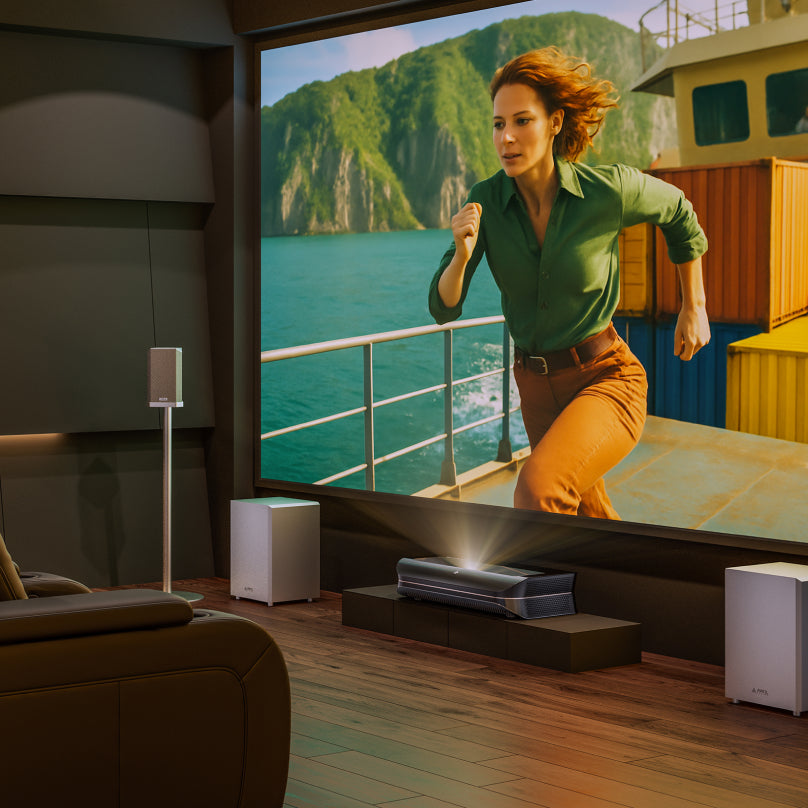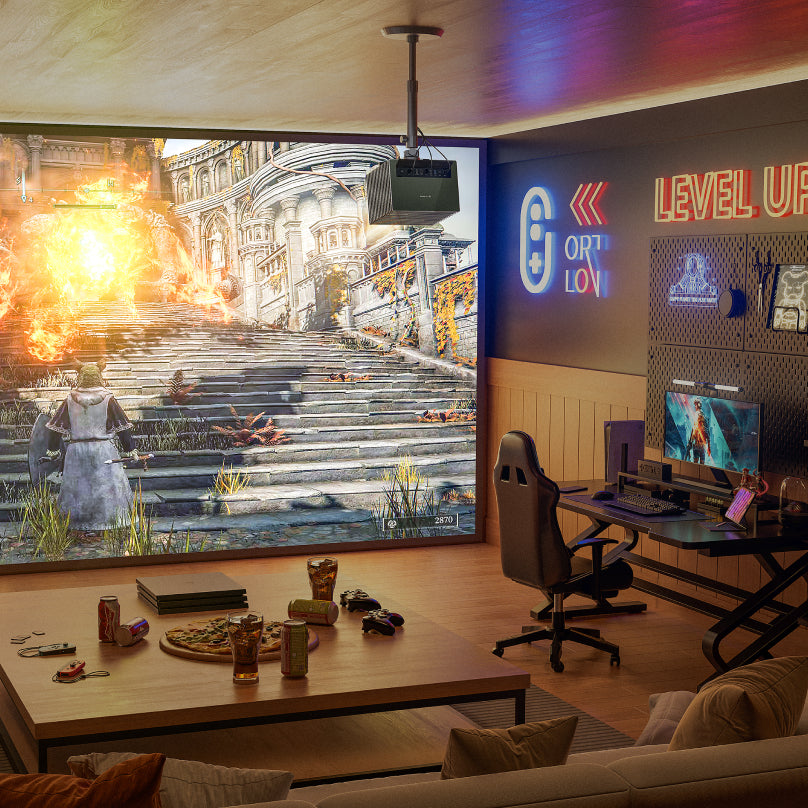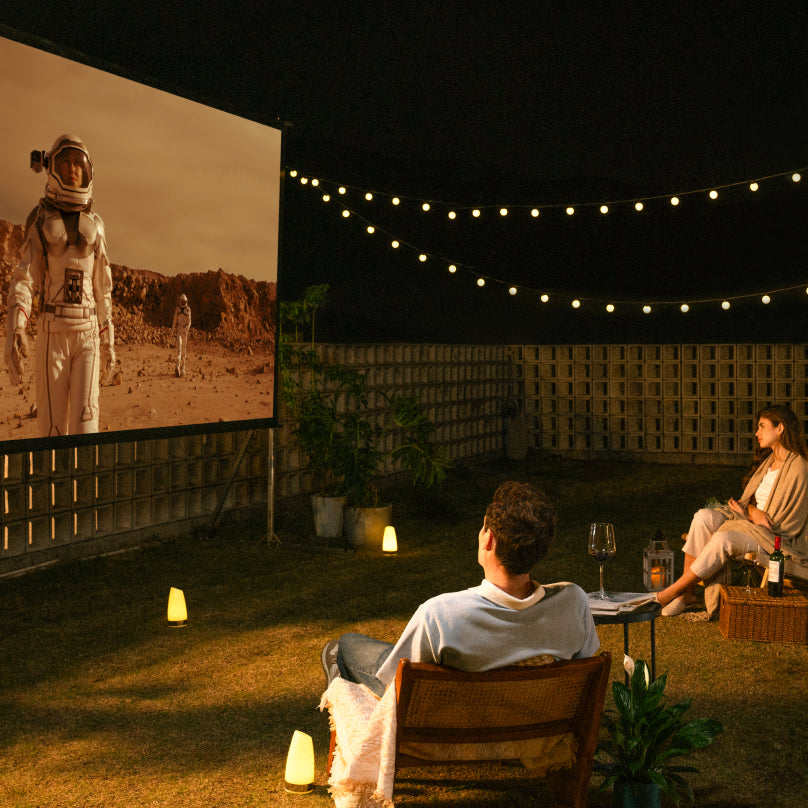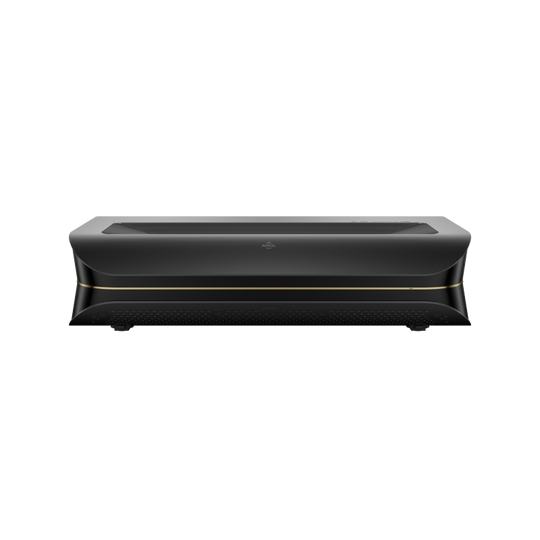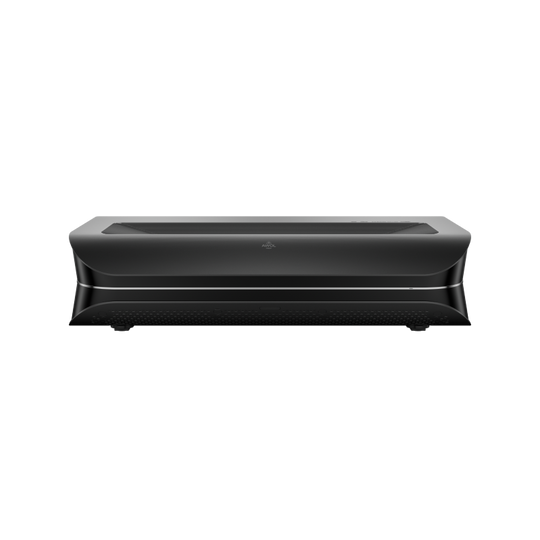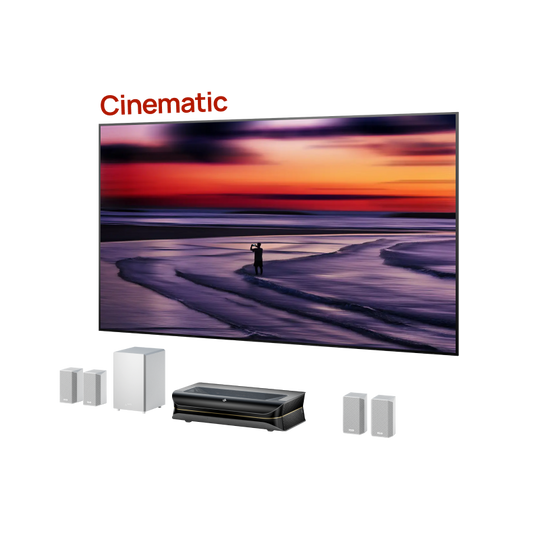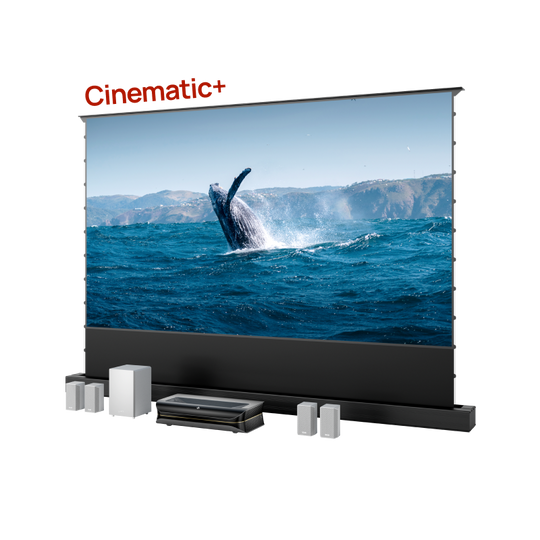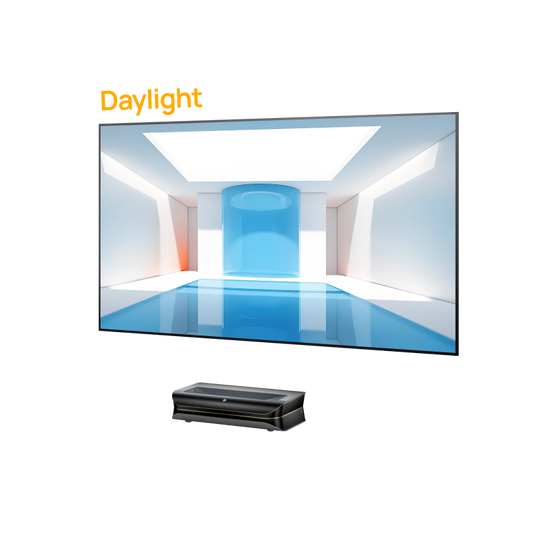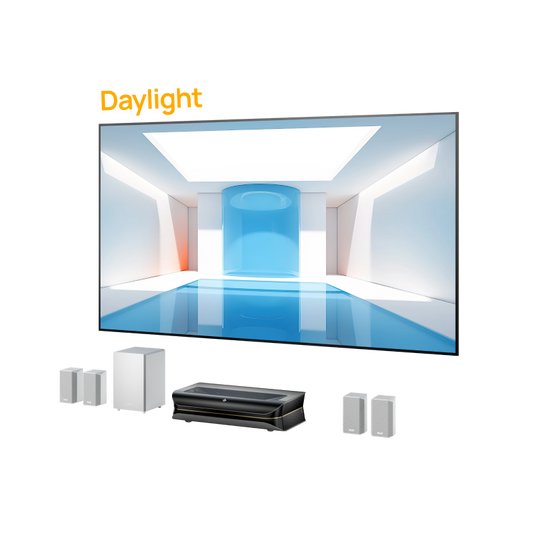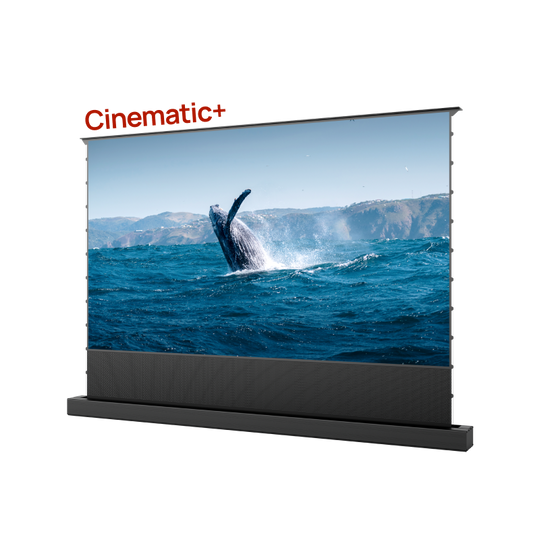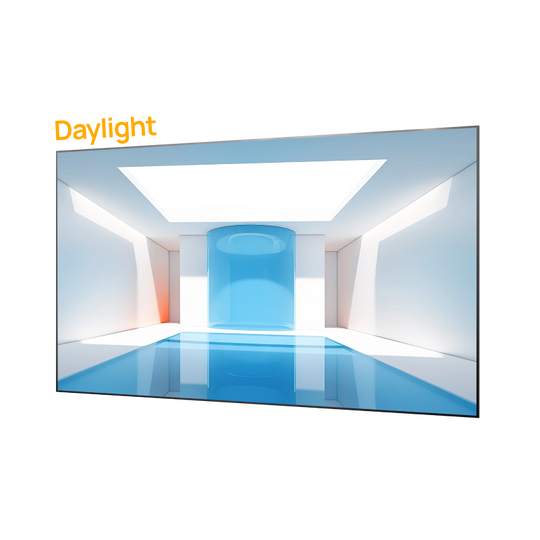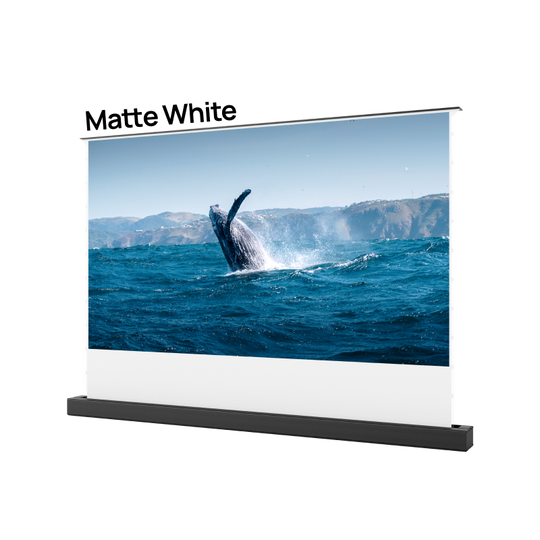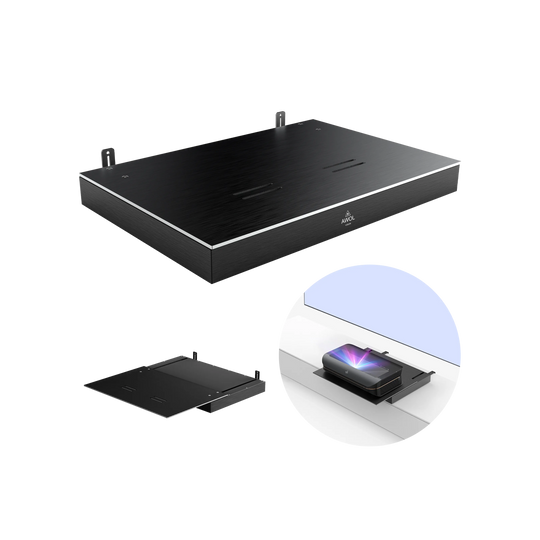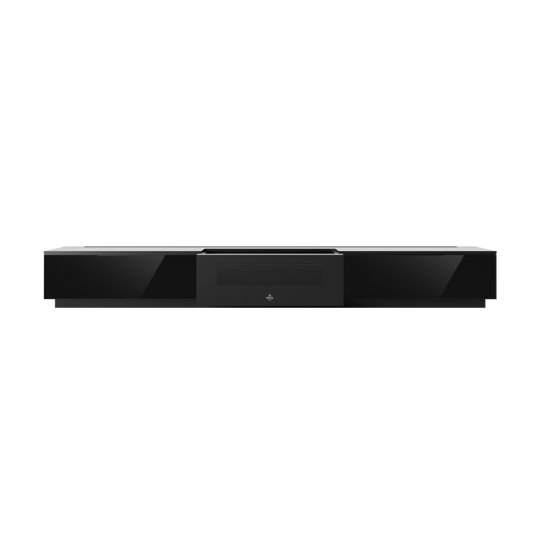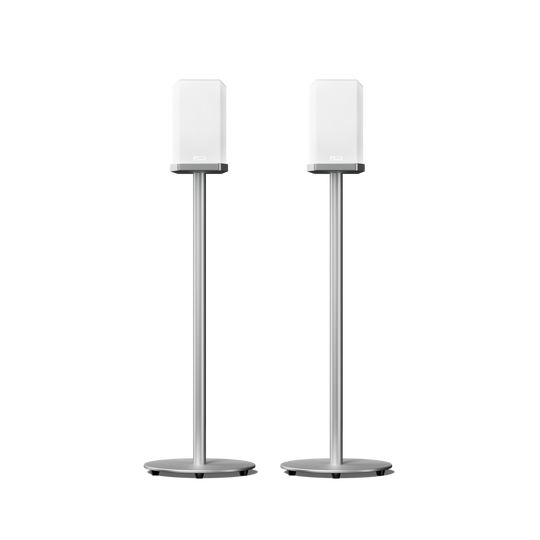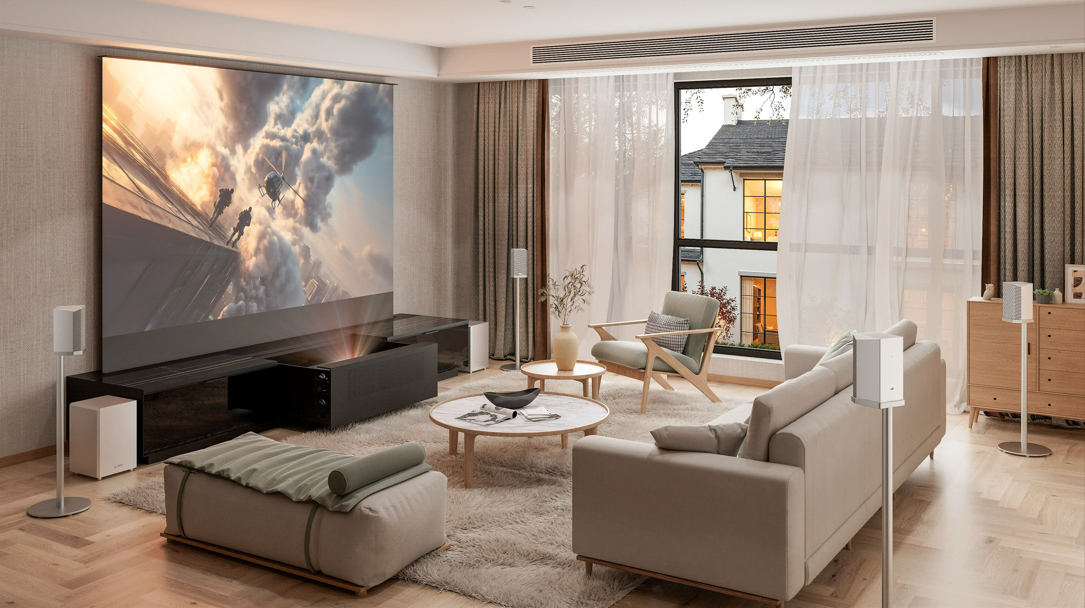Ever dream of having a dedicated space in your home that’s purely for fun and relaxation? A personal cinema for epic movie nights, an arcade for friendly competition, and a comfortable lounge for unwinding—all in one. It’s an amazing addition to any home, but getting started can feel overwhelming. Where do you begin? What do you really need? How do you make it work for different activities?
Don't worry. This guide provides a clear, step-by-step blueprint to help you design and equip the perfect entertainment space, tailored to your unique interests and budget.
Entertainment Room vs. Living Room: What's the Difference?
Before you start planning, it's crucial to understand this key distinction. While both are social spaces, their primary functions are different, which directly impacts their design.
A living room is typically designed for general, everyday gathering and conversation. Its layout often encourages face-to-face interaction, with sofas and chairs arranged to create a welcoming social hub.
An entertainment room, on the other hand, is purpose-built for specific leisure activities like media, games, and hobbies. The layout is focused on optimizing those experiences. The furniture arrangement, lighting, and technology are all chosen to serve a dedicated purpose, whether it's facing a massive screen for movie night or clearing space for a competitive game of pool.
Step 1: Plan Your Multi-Functional Space
Before you think about paint colors or giant screens, a little planning goes a long way.
First, perform a "function audit." Grab a notepad and list the top 3-5 activities you envision for this room. Will it be primarily for:

-
Immersive movie nights?
-
Competitive video gaming?
-
Watching live sports with friends?
-
Playing board games with the family?
-
Listening to music?
-
Housing a home bar or hobby corner?
Next, consider your space. Basements, spare bedrooms, and attics are popular choices. Think about the pros and cons of your chosen location. Finally, sketch a rough layout. A great multi-functional room often has "zones"—a viewing zone, a gaming zone, and a conversation zone. Using rugs and furniture placement can help define these areas and create a natural flow.
Concepts: The "Man Cave", The Family Game Room, and Beyond
To help you find your style, it’s useful to think in terms of common archetypes. Your perfect room might be one of these or, more likely, a hybrid that borrows the best elements from each.
-
The Modern Retreat (or "Man Cave"/"She Shed"): This is a personalized space focused on individual hobbies and relaxation. It often features comfortable lounge seating, a home bar, a large screen for sports or movies, and decor that reflects personal interests.
-
The Family Rec Room: This is an inclusive, bright, and durable space built for all ages. The focus is on a mix of digital entertainment (like video games) and analog fun (like a ping pong or board game table). Storage is key here to keep things organized.
-
The Dedicated Home Cinema: This room is optimized for one thing: the ultimate movie-watching experience. It typically features controlled lighting, superior acoustics, cinema-style seating, and the best audio-visual gear you can fit.
Step 2: Essential Products for Your Entertainment Room
Choosing the right gear is crucial, but it doesn't have to be complicated. Here’s a breakdown of the types of products to consider and what features to look for to make informed choices.
The Main Display: Projector vs. Large-Screen TV

Large-Screen TVs: The go-to for most rooms, modern TVs are brighter and more versatile than ever. When choosing, consider the panel technology. OLED technology offers perfect black levels and contrast, making it ideal for dark, cinema-like rooms. QLED and Mini-LED TVs are typically brighter, making them fantastic for well-lit rooms where you’ll be watching sports or gaming during the day. For gamers, look for features like a high refresh rate (120Hz) for smooth motion.
Projector & Screen Systems: If you want a truly massive, cinema-scale screen (think 100 inches or more), a projector is your best bet. Key specs to look for are lumens (higher means a brighter image) and throw distance (how far from the screen it needs to be). Don't forget the screen itself—a quality screen, whether it's a fixed frame or a retractable model, makes a huge difference.
The Soundscape: All-in-One vs. Component Systems
All-in-One Soundbars: These are the ideal choice for simplicity, minimal wiring, and smaller spaces. Modern soundbars deliver impressive sound, with many offering virtual surround sound and coming paired with a wireless subwoofer for deep bass.
Component Surround Sound: This is the enthusiast's choice for true, room-filling immersion. A component system consists of an AV receiver (the brain that powers everything) and a multi-speaker setup (like 5.1 or 7.1) that places speakers around you for precise, positional audio.
The Seating: Where Comfort Meets Function
Cinema-Style Recliners: The ultimate choice for a home theater feel, these often include features like powered reclining, cup holders, and built-in USB charging ports.
Large, Deep Sectionals: Perfect for creating a more casual, social environment. They invite guests to lounge and are great for hosting a crowd for a big game or movie night.
Modular Sofas: These offer incredible flexibility, allowing you to reconfigure your seating arrangement for different events or activities.
Ergonomic Gaming Chairs: If you have a dedicated gaming zone, these chairs provide the tailored back and neck support needed for long playing sessions.
The Fun & Games: Analog and Digital
Classic Game Tables: If you have the space, a pool, air hockey, or foosball table can become the room's centerpiece. Be sure to measure not just for the table, but for the room needed around it to play comfortably.
Wall-Mounted Games: Dartboards (both traditional and electronic) and ring toss games are fantastic space-savers that provide hours of fun.
Home Arcade & Pinball Solutions: For a dose of nostalgia, you can find multi-game arcade cabinets that house hundreds of classic games, or even virtual pinball machines for endless variety.
The Ambiance & Accessories
Smart, Dimmable Lighting: Layered lighting is essential. Use dimmable overhead lights for general use, and add accent lighting like color-changing LED strips behind a TV or under a bar to create a specific mood.
Compact Refrigeration: A beverage cooler with a glass door keeps drinks on hand and displayed beautifully, while a classic mini-fridge can store snacks and drinks out of sight.
Acoustic Treatments: You don't have to be an audio engineer to improve your room's sound. Simple additions like heavy curtains, large area rugs, and decorative acoustic panels on the walls can absorb echoes and make your audio clearer.
Step 3: Design, Layout, and Decor
With your gear chosen, the final step is to make the space feel cohesive and look great.
Lighting is Key: Use your layered lighting to create different moods. Bright and energetic for game day, dim and cozy for movie night.
Soundproofing Basics: Beyond acoustic panels, ensure your door has a good seal to prevent sound from leaking out into the rest of the house.
Smart Storage & Cable Management: Nothing ruins a great setup like a visible "rat's nest" of wires. Use solutions like wall-mounted raceways, fabric cable sleeves, and furniture with built-in cable management to achieve a clean, professional look. Use built-in cabinets, floating shelves, and multi-purpose ottomans to hide controllers, board games, and other clutter.
Conclusion
A great entertainment room is more than just a collection of electronics; it's a space dedicated to enjoyment and making memories. By planning your functions first, choosing the right types of gear for your needs, and tying it all together with smart design, you can create a space that will be the favorite room in the house for years to come.
What's the #1 must-have item for your dream entertainment room? Get inspired by reading All-in-One Entertainment System!
